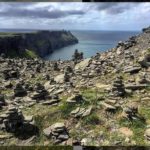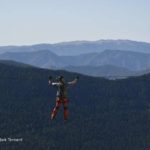Bonjour mark
Super merci. Encore merci pr cette belle journée. J’ai appris pleins de choses et ce, dans une très bonne ambiance et avec bonne humeur ! Tu as contribué à cela. Je vais sûrement faire la suite des formations. On se croisera peut-être
23 janvier 2021


